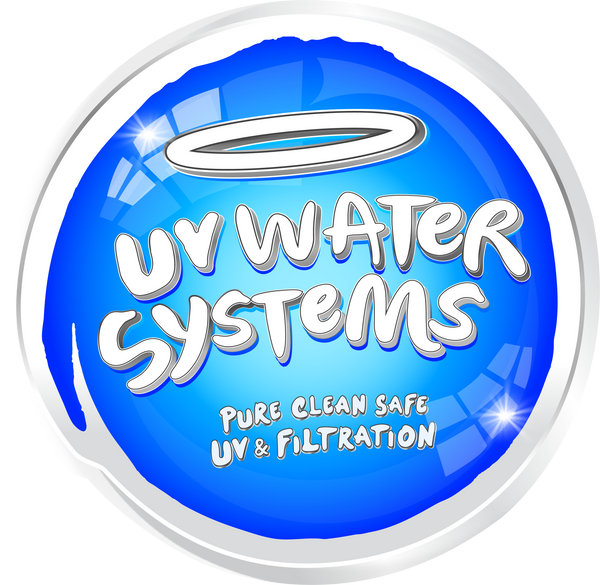Clean drinking water sounds simple. Turn on the tap. Fill your glass. Drink. But for many New Zealand families, especially those on rainwater or bore water, the reality is different.
That's where UV filtration comes in. This technology uses ultraviolet light to kill harmful microorganisms without adding chemicals or changing your water. It's become the go-to choice for health-conscious homeowners across New Zealand.
What Makes UV Filtration Different?
UV filtration works by exposing water to ultraviolet light at 254 nanometers. This specific wavelength penetrates microorganisms and disrupts their DNA. Once damaged, bacteria and viruses cannot reproduce or cause illness.
The process happens instantly as water flows past the UV lamp. UV systems destroy 99.99% of bacteria, viruses, and protozoa in drinking water. That includes E. coli, Salmonella, Giardia, and Cryptosporidium.
This matters in New Zealand, where many families prefer natural water sources. Rainwater collection is common. Bore water supplies rural properties. Both can carry bacteria despite appearing crystal clear.
The Chemical-Free Advantage
UV filtration takes a different path. The UV light is the only element used, eliminating the need for chemicals to treat water. This chemical-free approach appeals to families concerned about what enters their bodies.
Chlorine affects taste and smell. Some people react to it with skin irritation or respiratory issues. Children and elderly family members may be more sensitive to chemical additives in water.
With UV water treatment, your water tastes exactly as nature intended. No chlorine flavor. No chemical aftertaste. Just pure water made safe through light.
UV treatment does not affect the pH, taste, color, or smell of water. The beneficial minerals stay in. The natural characteristics remain unchanged. Only the harmful microorganisms get eliminated.
How UV Protects Your Family's Health?
Removes disease-causing organisms: UV can remove threats like E. coli, fecal coliform, cryptosporidium, and Giardia. It also eliminates molds, yeast, and algae that create allergens and toxins.
Works instantly: The moment water passes the UV lamp, microorganisms die. No waiting period. No holding tanks. The treatment is fast, facilitating water circulation without holding tanks or reaction time.
Provides continuous protection: A UV disinfection system protects household water 24/7. Every drop flowing through your taps gets treated. Every glass of water is safe.
Supports immune-compromised individuals: Families with young children, elderly members, or anyone with weakened immune systems benefit greatly. UV filtration removes organisms that pose an extra risk to vulnerable people.
Understanding the Complete Picture
UV filtration works best as part of a complete water treatment system. UV kills microorganisms but doesn't remove physical contaminants or chemicals.
A typical New Zealand home setup includes three stages:
- The sediment filter removes dirt, sand, and particles
- Carbon filter removes chemicals and improves taste
- UV sterilizer kills remaining bacteria and viruses
This combination addresses all water quality issues. Physical filtration catches visible contaminants. Chemical filtration removes dissolved substances. UV treatment ensures microbiological safety.
Why Families Choose UV Over Other Methods
Comparing UV filtration to other purification methods shows clear advantages:
Versus chemical treatment: UV adds no chemicals. Chlorine and other disinfectants leave residues. They affect taste, create by-products, and raise health concerns for some people.
Versus boiling: Boiling kills bacteria but requires constant effort. You must boil water before every use. UV treats water automatically at every tap.
Versus reverse osmosis: RO removes everything, including beneficial minerals. It wastes significant water. UV keeps minerals intact while killing only harmful organisms.


